Search
Did you mean: Tulum?
Search Results
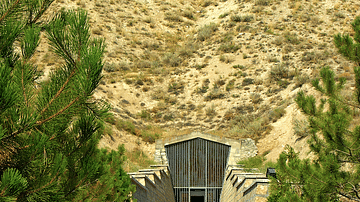
Image
Tomb of King Midas
The 8th-century BCE Tumulus MM, otherwise known as the 'Tomb of Midas', outside Gordium, capital of Phrygia (modern Turkey). It is the second-largest ancient tumulus in Anatolia.
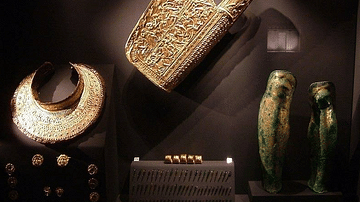
Article
Warrior Women of the World of Ancient Macedon
The 8th November is celebrated as Archangels Day in Greece, but on that November day in 1977 CE something remarkable happened: an excavation team led by Professor Manolis Andronikos were roped down into the eerie gloom of an unlooted Macedonian-styled...
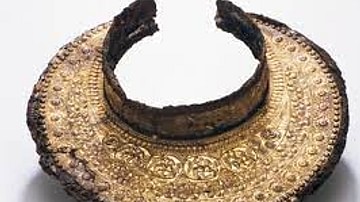
Image
Iron Peritrachelion (gorget) from Macedonian Tomb II of Vergina
Iron peritrachelion (gorget) with golden-silver decorative plate found in Macedonian Tomb II of Vergina, Imathia, Central Macedonia, Greece. The tomb is dated to between the end of the 4th century BCE and the beginning of the 3rd century...
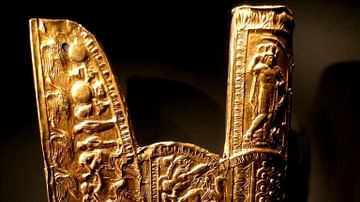
Image
Golden-Plated Gorytos (Quiver)
Golden-plated gorytos (quiver) found in Macedonian Tomb II of Vergina, Imathia, Central Macedonia, Greece. The tomb is dated to between the end of the 4th century BCE and the beginning of the 3rd century BCE. Located at Archaeological Museum...
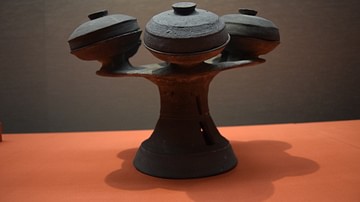
Image
Japanese Stoneware Offering Vessel
An offering vessel of Sue stoneware. From Kanmuriyama Tumulus, Shimoashimori, Kita-ku, Okayama, Japan. Kofun Period, 6th century CE. (Tokyo National Museum)
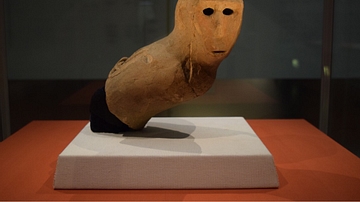
Image
Monkey Haniwa
A terracotta haniwa (tomb marker) in the form of a monkey. 6th century CE, Kofun/Asuka Period. From Dainichizuka Tumulus, Okinosu, Namegata-shi, Ibaraki, Japan. 'Important Cultural Property'. (Tokyo National Museum)
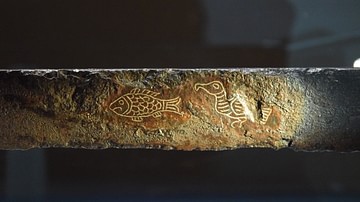
Image
Japanese Inlaid Iron Sword (Detail)
A detail of an inlaid iron sword. From Eta Funayama Tumulus, Nagomi-machi, Tamana-gun, Kumamoto, Japan. Kofun Period, 5th-6th century CE. National Treasure.
Tokyo National Museum.
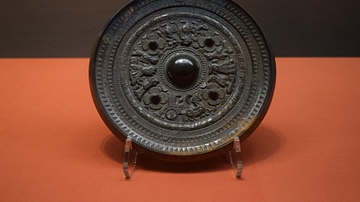
Image
Chinese Bronze Mirror
Engraved Chinese bronze mirror with a deity and horse carriage design. From the 4th-5th century CE Samitatakarazuka Tumulus, Japan. From 2nd-3rd century CE China. Important Cultural Property. (Tokyo National Museum)
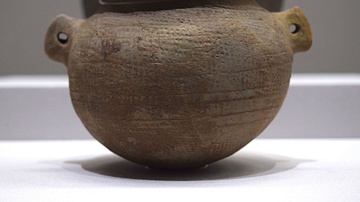
Image
Ancient Korean or Japanese Jar
This jar was excavated from a box-style stone coffin in Daishogunyama Tumulus on Tsushima, the Japanese island closest to the Korean peninsula. Its round body was created by lightly beating the outer surface of the bottom part with a beating...
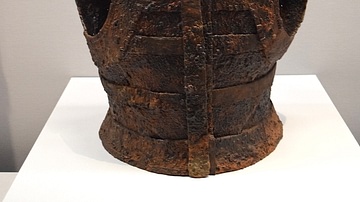
Image
Tanko Cuirass
A Japanese iron plates and leather tanko cuirass. Nagatoronishi Tumulus, Takasaki-shi,
Gunma. Kofun Period, 5th century CE. (Tokyo National Museum)